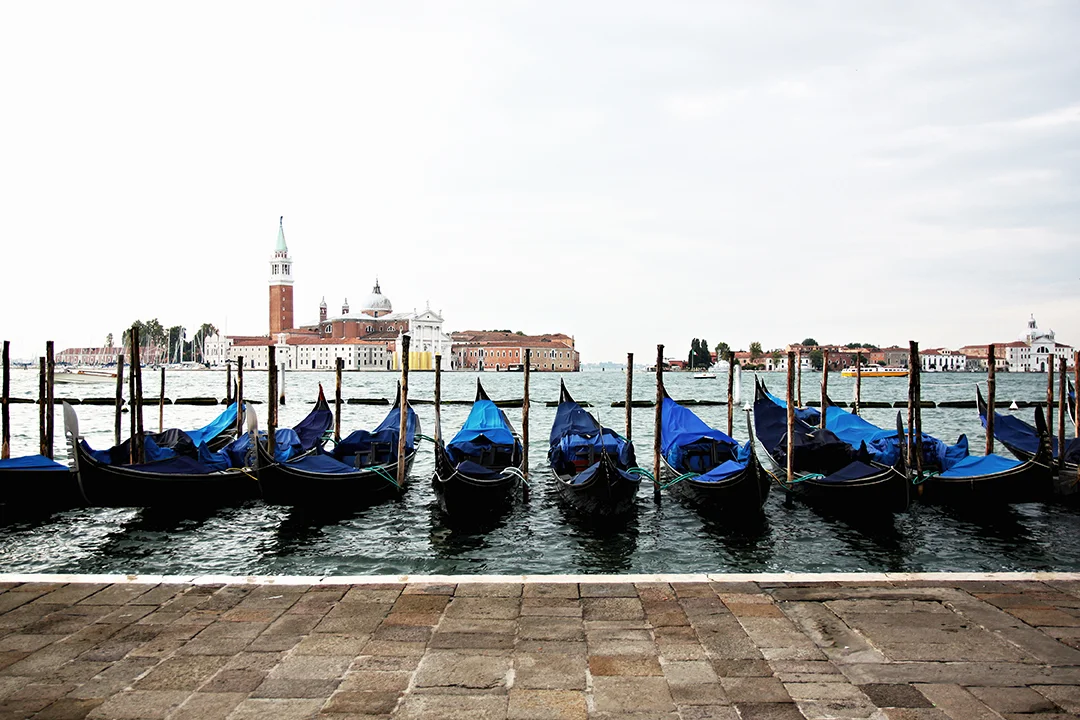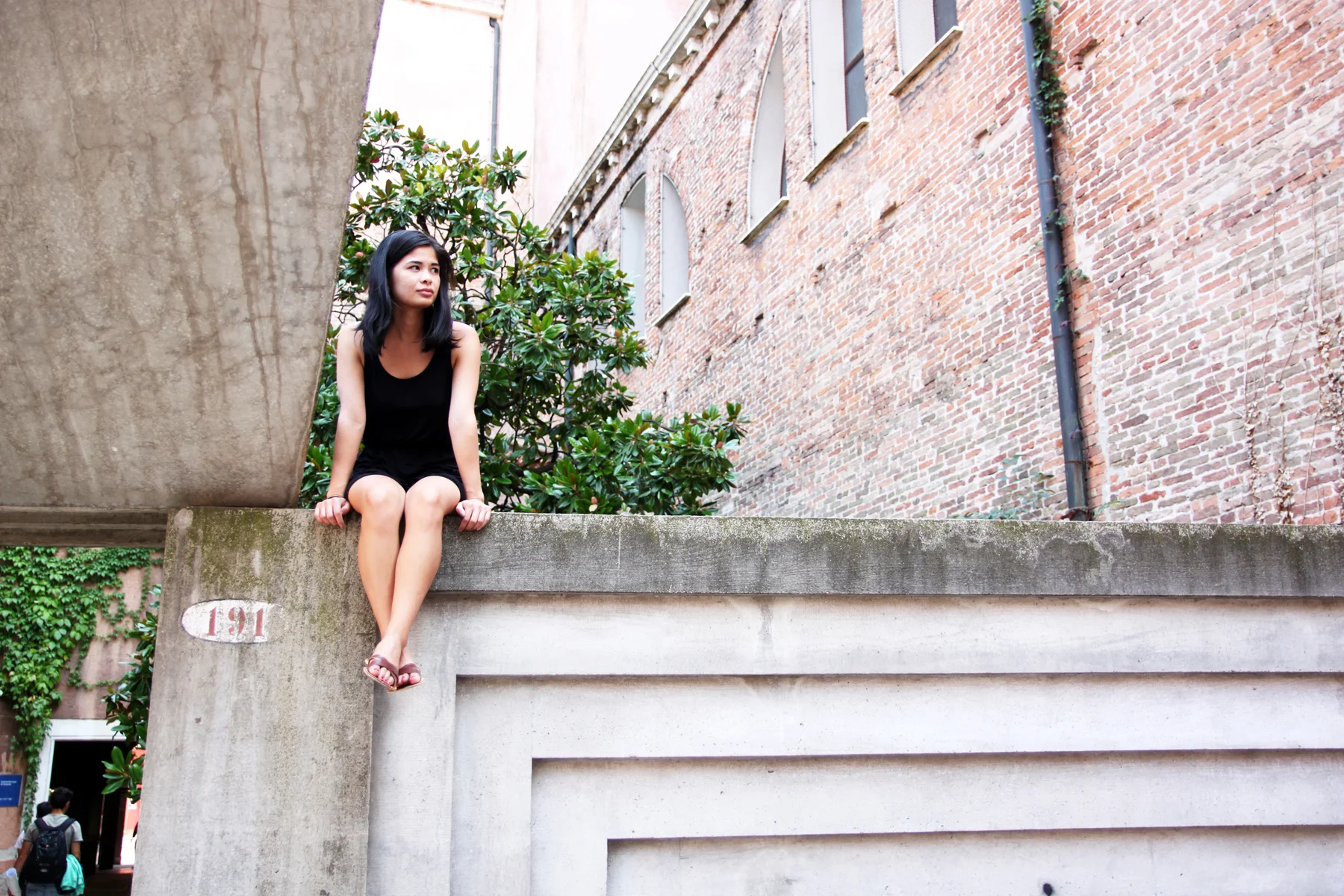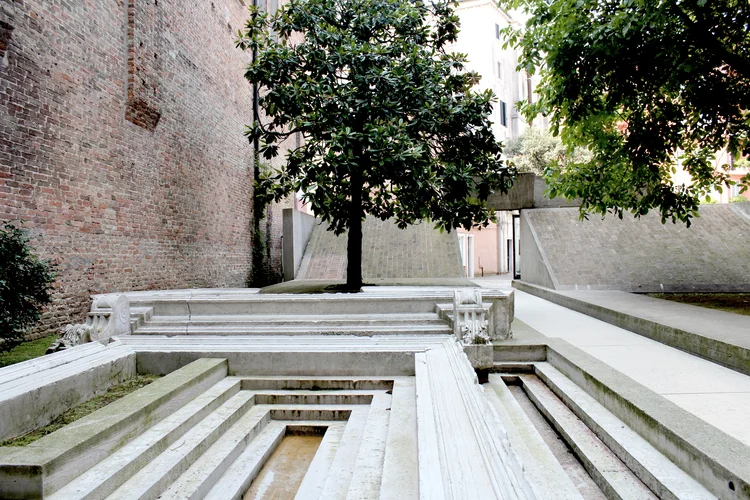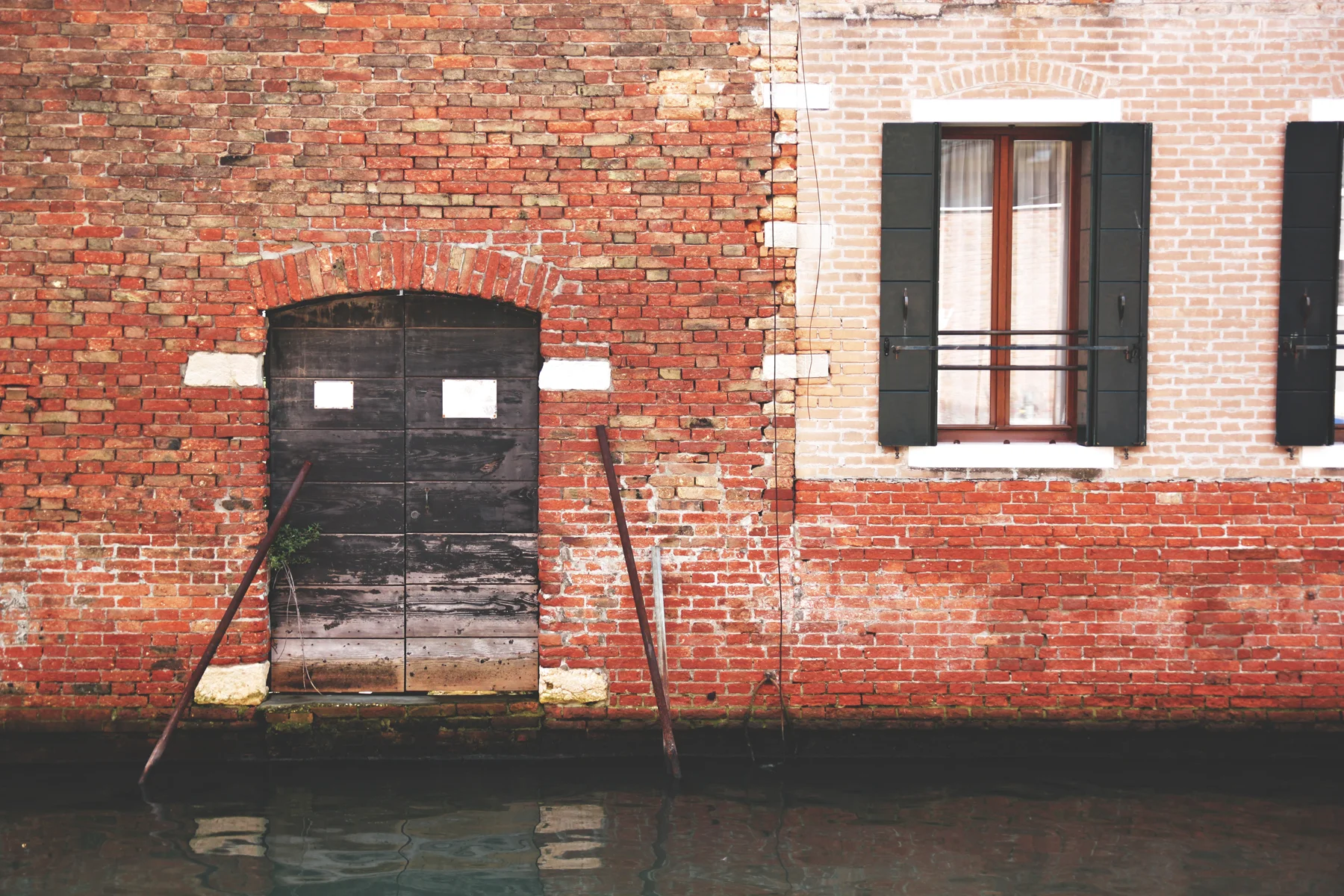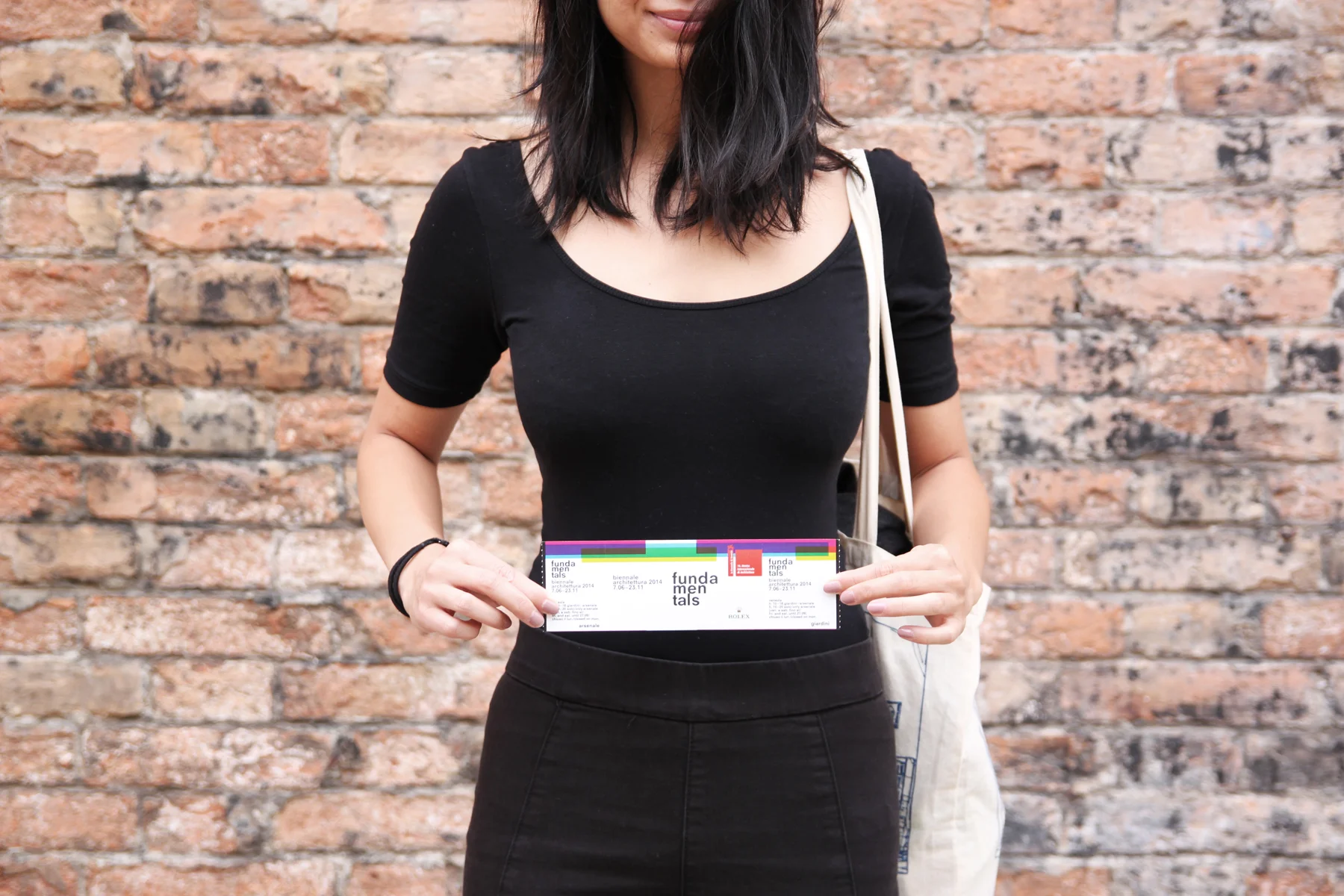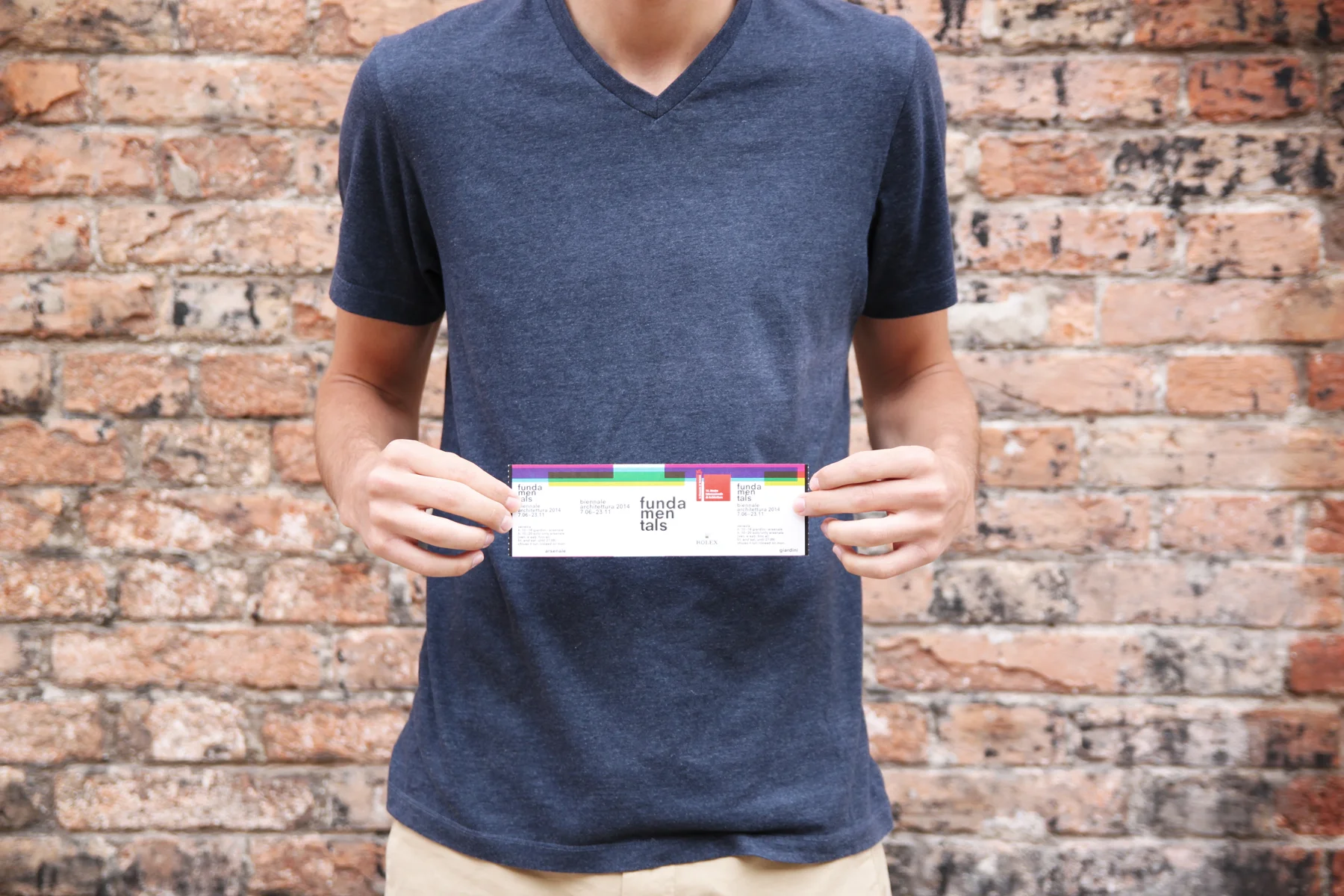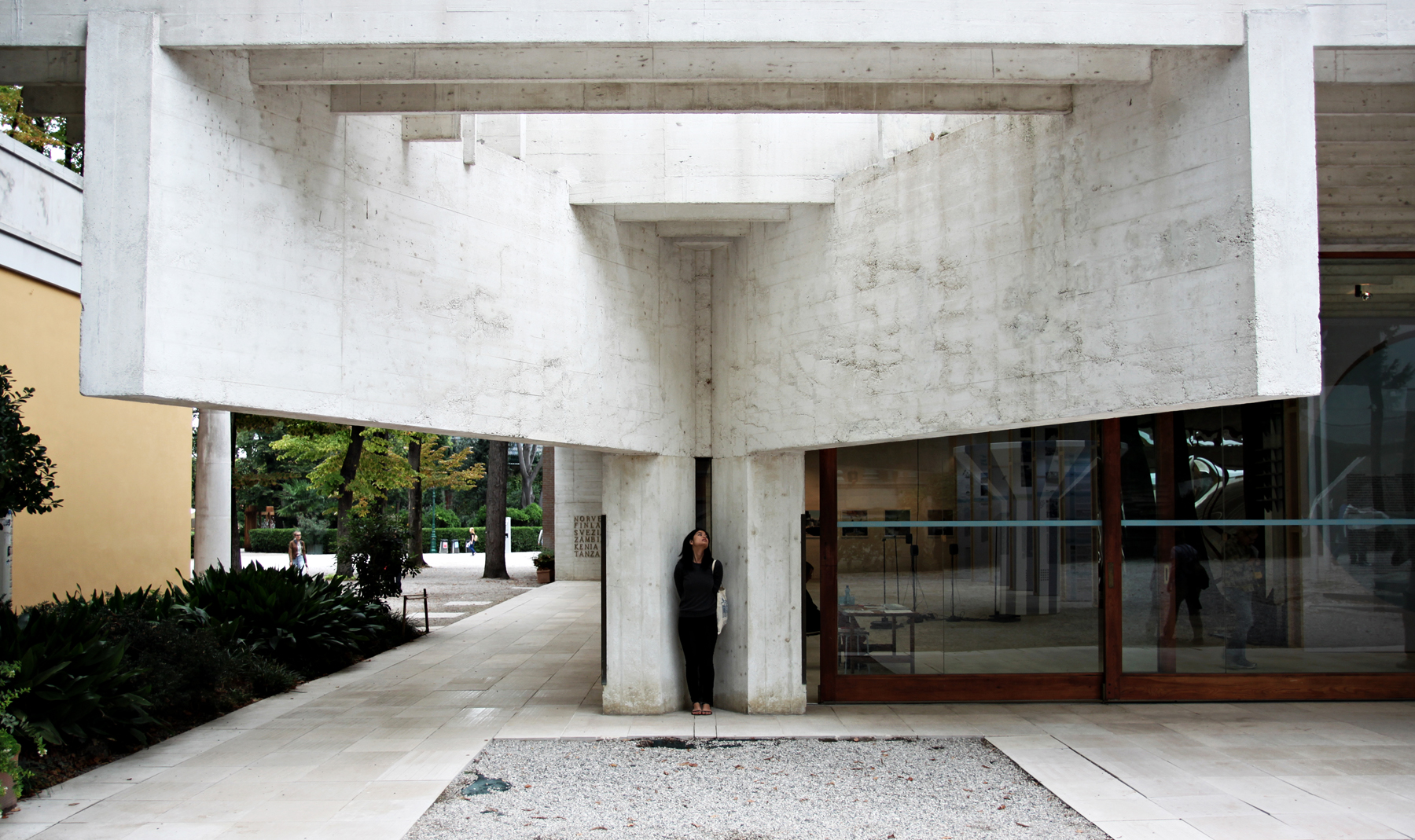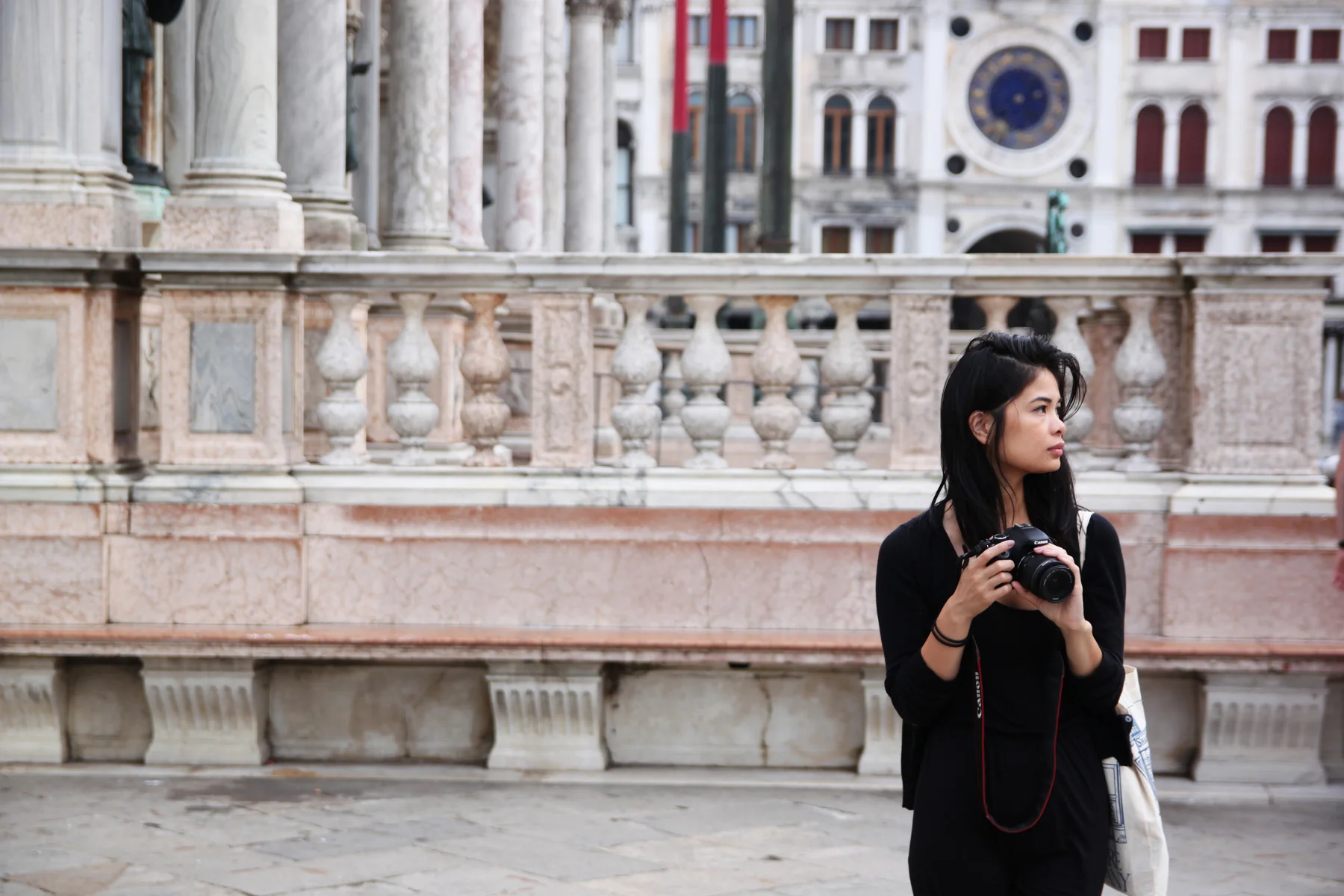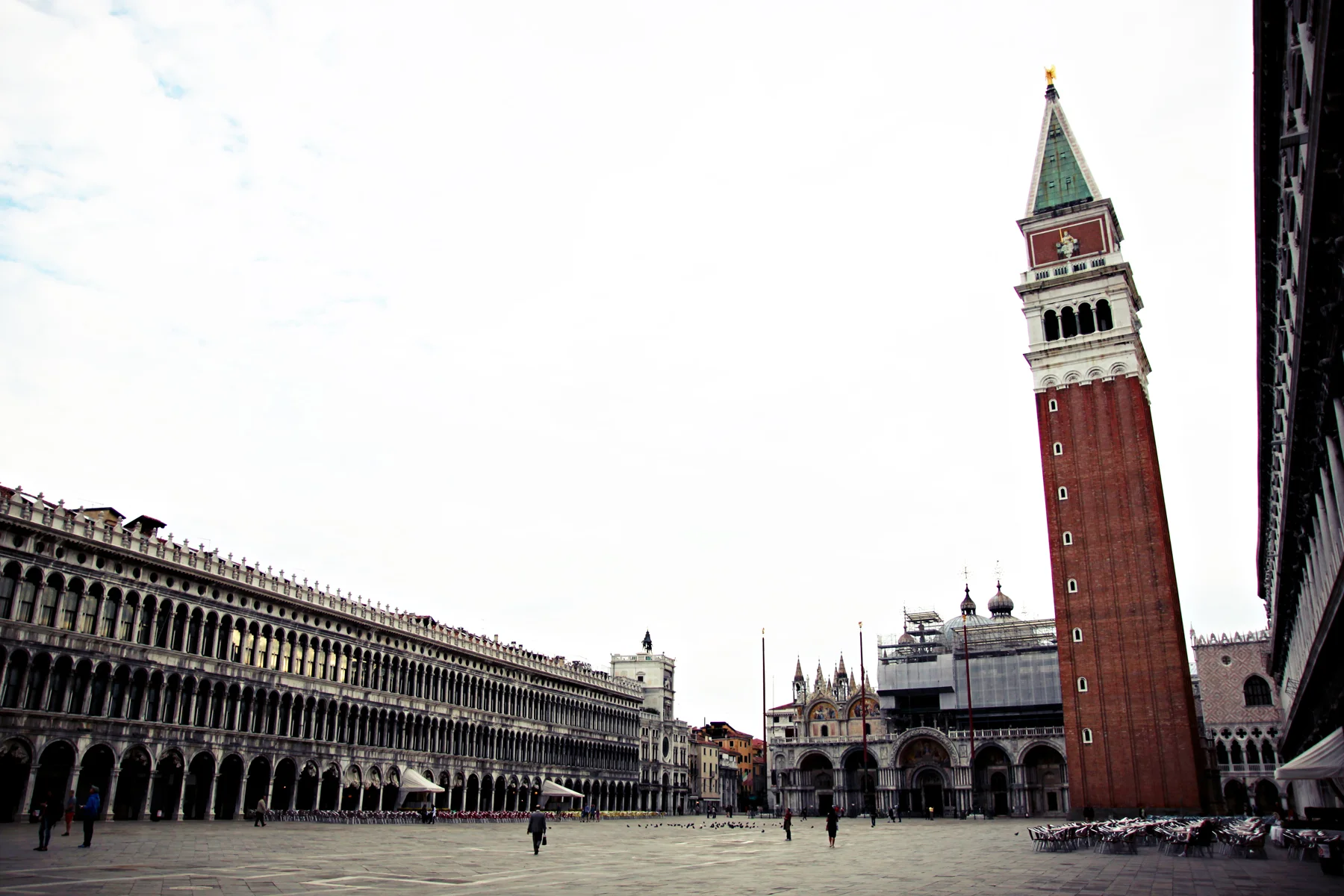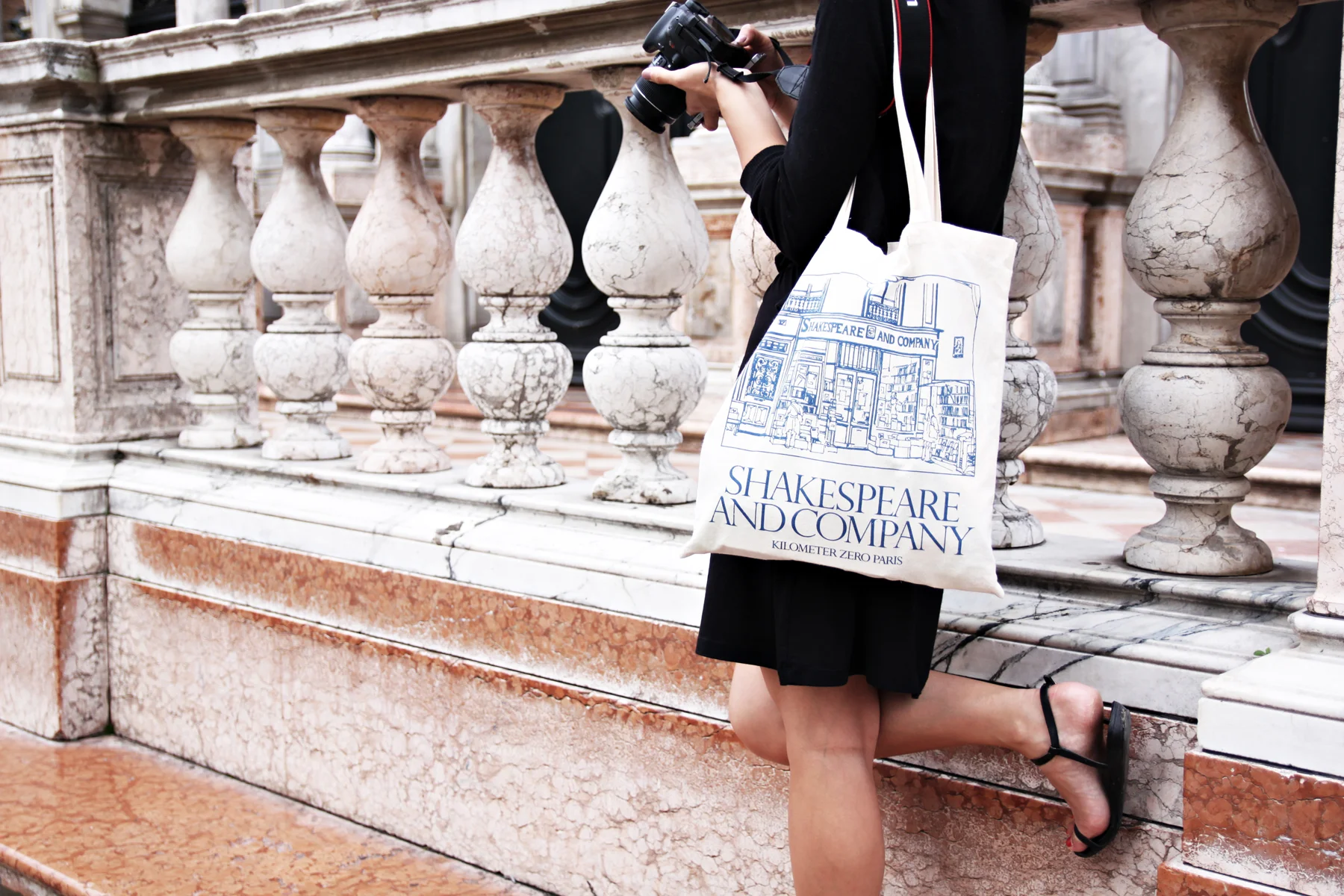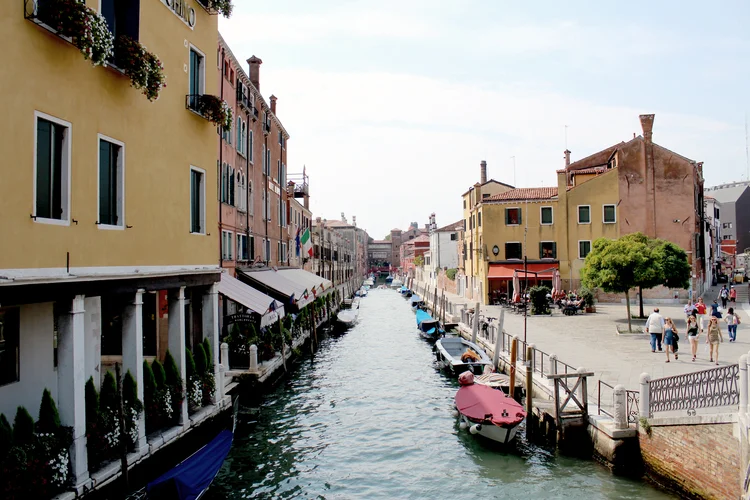Venice, Veneto, Italy
September 2014
It's hard to think about Venice in a way that doesn't give in to hyperbole. The whole city has for me always existed in superlative, I think that's how it's been written about and spoken of too, so despite the summer high season and my fear of big (and sweaty) crowds, we stole off to this magical lagoon tucked into the Adriatic for three days in early September. This was our second time visiting, the first during some early November just after All Souls Day, and it was in many ways markedly different from that colder, quieter week (though also in many ways the same, glorious and heartbreaking, as it will probably always be).
We flew from Nice to the Marco Polo airport in Venice (the difference an hour of flight time makes), and it was sublime from the start. Just the water taxi ride alone is enough to stir up something dormant inside you (seasickness aside), and as we passed other Venetian islands it was easy to recall the last time I'd been on those waters, four years younger and no less clueless what the city would bring, or how I would remember it after leaving. In the years that followed my first visit I would read Joseph Brodsky's Watermark whenever I wanted to put myself in Venice again, and this feels as fitting a time as any to share a particularly beautiful (and very favorite) passage:
“It really does look like musical sheets, frayed at the edges, constantly played, coming to you in tidal scores, in bars of canals with innumerable obbligati of bridges, mullioned windows, or curved crownings of Coducci cathedrals, not to mention the violin necks of gondolas. In fact, the whole city, especially at night, resembles a gigantic orchestra, with dimly lit music stands of palazzi, with a restless chorus of waves, with the falsetto of a star in the winter sky.”
We stayed in an AirBnB in San Polo around the corner from the Frari church, which served as a gracious landmark that helped us find our way home through the labyrinth of Venetian streets. Zach always asserts that Venice is one of the two places he'll never be able to navigate. Our main purposes for this leg of the trip lied in the 14th Architecture Biennale, which Rem Koolhaas curated and themed Fundamentals. We dedicated a day to exploring the exhibitions and national pavilions in the Arsenale and Giardini, but otherwise had no real agenda outside of wandering around, eating at odd times, and trying to stay away from the densest throngs of tourists (of which we are of course also considered). This meant waking extra early to get to Piazza San Marco before the city (and the sun) caught up, choosing to eat cornetti and coffee and pizza slices while sitting on fountain bases, and following interesting streets to find dead-ends that terminate in courtyards with wells.
But I'm lying if I say nostalgia and our shared love (and origin, really) of architecture didn't play a part in the loose destinations of our even looser decision-making. We did, after all, first encounter Venice under the guise of an architectural tour, and those experiences certainly continued to color both our studies and memories. It was only fitting that we felt drawn to revisit a few of those places, or introduce ourselves to some that we missed. Carlo Scarpa's Querini Stampalia belonged to the first such category, and despite my resolute declarations (designed to both inform my traveling partner and convince myself) we would visit "No museums!" we were still drawn in, still paid the entry fee, and still sat in the courtyard for perhaps a little too long talking about the magic of places like that. We also hunted down Scarpa's IUAV gate, a similarly suitable setting for conversations like the previous one, and we stayed as long as we could until the mosquitos discovered me.
It was a nice pace, going that slowly. I'd come to learn (after months of being terrorized by the anxiety of being herded around in groups during field trip after field trip) my preferences of choosing one or two "things" to do when I travel, and instead make the transitory in-between processes of getting there as long and drawn out as possible. Venice was no exception, perhaps even exemplary, and I think I'll sooner welcome the inevitable loss of cardinal direction sense before any invitation for a gondola ride. I love Venice. I think we both do. (Although I think next time it will be winter when we see it again.)
“The eye in this city acquires an autonomy similar to that of a tear. The only difference is that it doesn’t sever itself from the body but subordinates it totally. After a while – on the third or fourth day here – the body starts to regard itself as merely the eye’s carrier, as a kind of submarine to its now dilating, now squinting periscope. Of course, for all its targets, its explosions are invariably self-inflicted: it’s your own heart, or else your mind, that sinks; the eye pops up to the surface. This of course owes to the local topography, to the streets – narrow, meandering like eels – that finally bring you to a flounder of a campo with a cathedral in the middle of it, barnacled with saints and flaunting its Medusa-like cupolas. No matter what you set out for as you leave the house here, you are bound to get lost in these long, coiling lanes and passageways that beguile you to see them through, to follow them to their elusive end, which usually hits water, so that you can’t even call it a cul-de-sac. On the map this city looks like two grilled fish sharing a plate, or perhaps like two nearly overlapping lobster claws (Pasternak compared it to a swollen croissant); but it has no north, south, east, or west; the only direction it has is sideways. It surrounds you like frozen seaweed, and the more you dart and dash about trying to get your bearings, the more you get lost. The yellow arrow signs at intersections are not much help either, for they, too, curve. In fact, they don’t so much help you as kelp you. And in the fluently flapping hand of the native whom you stop to ask for directions, the eye, oblivious to his sputtering A destra, a sinistra, dritto, dritto, readily discerns a fish.”
